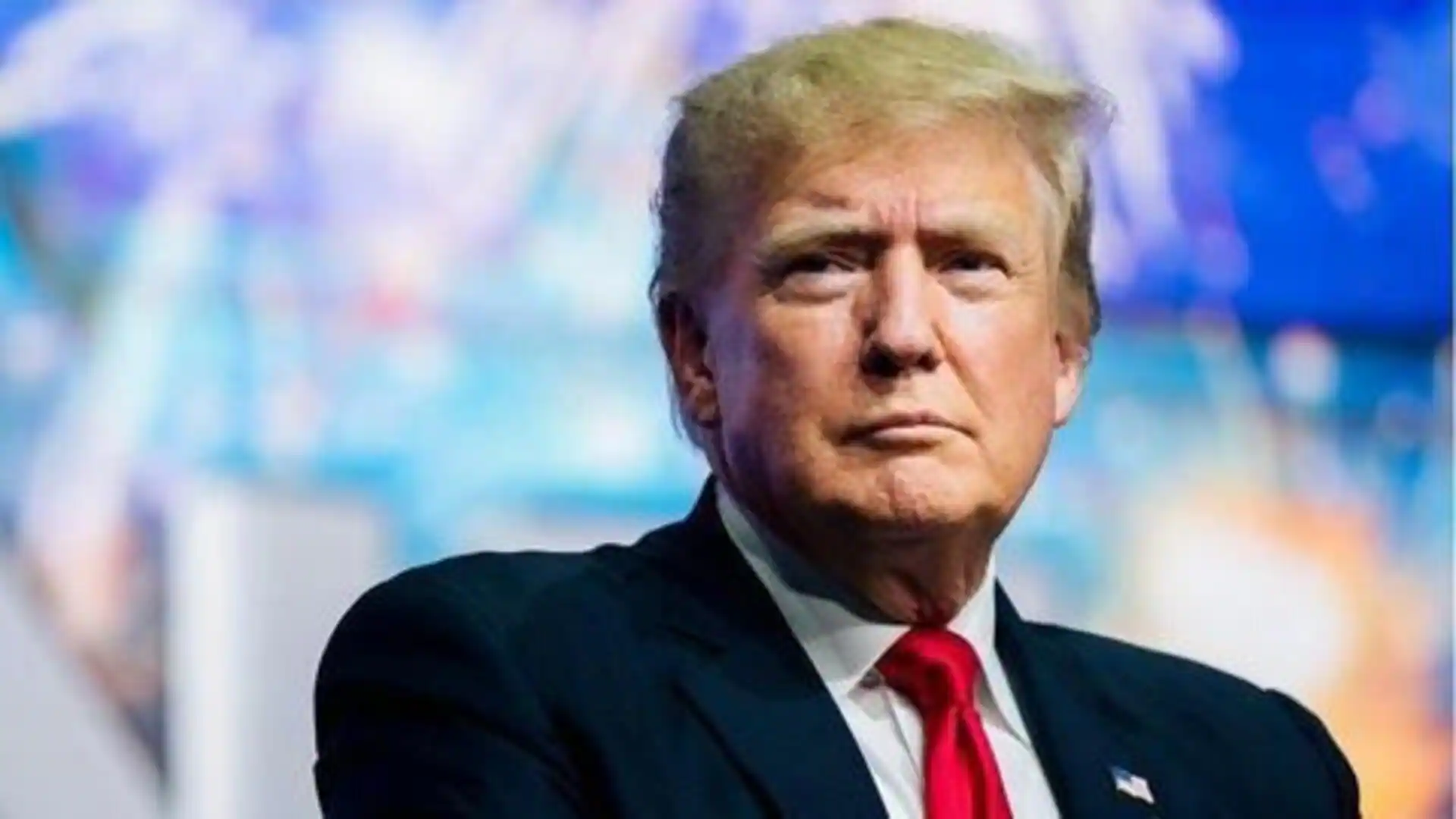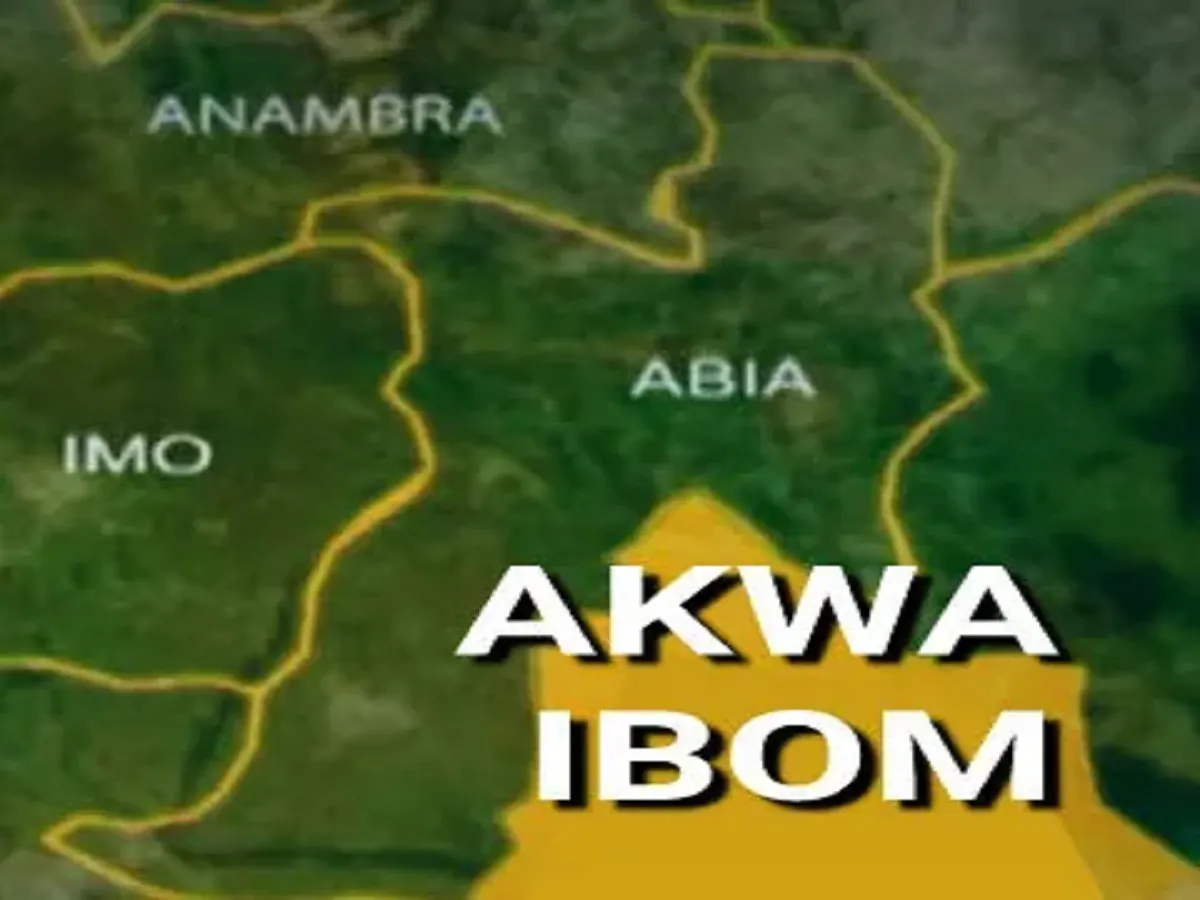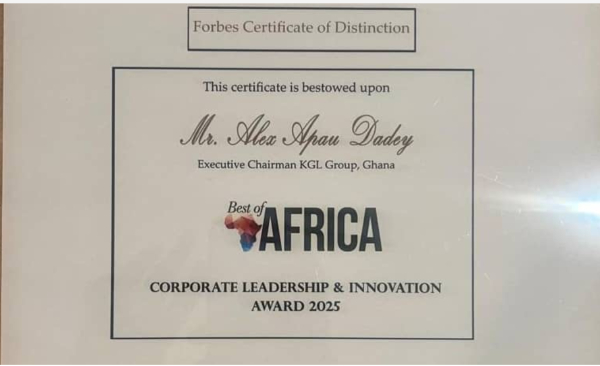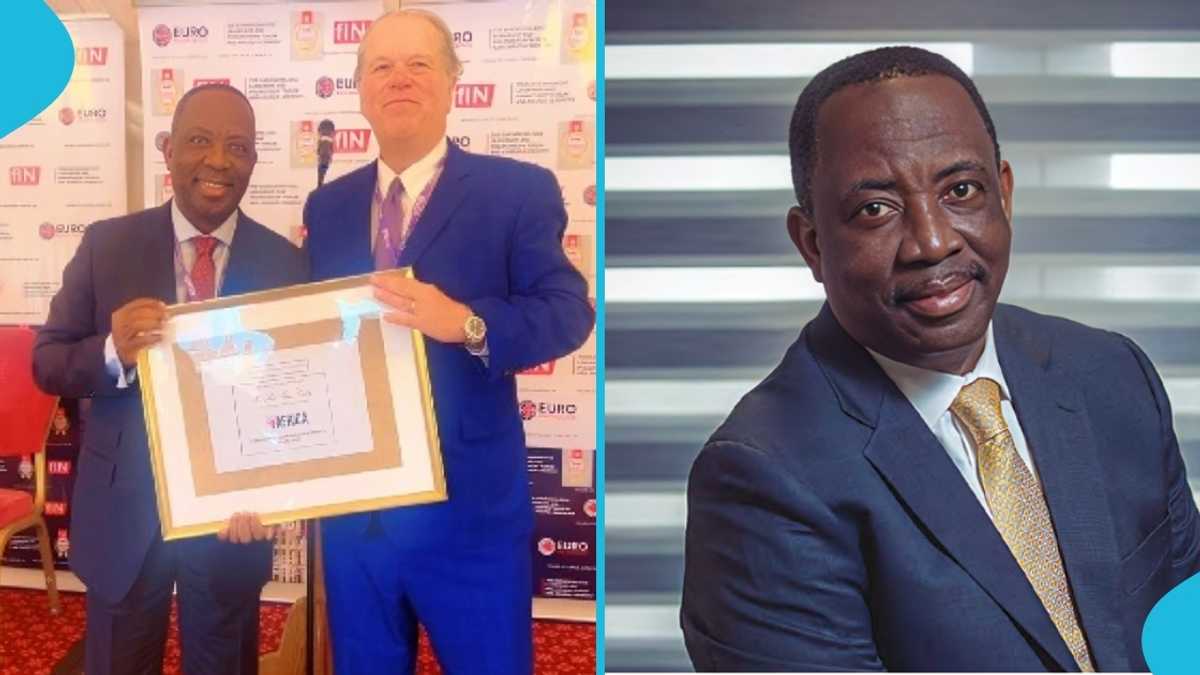Copyright jalopnik
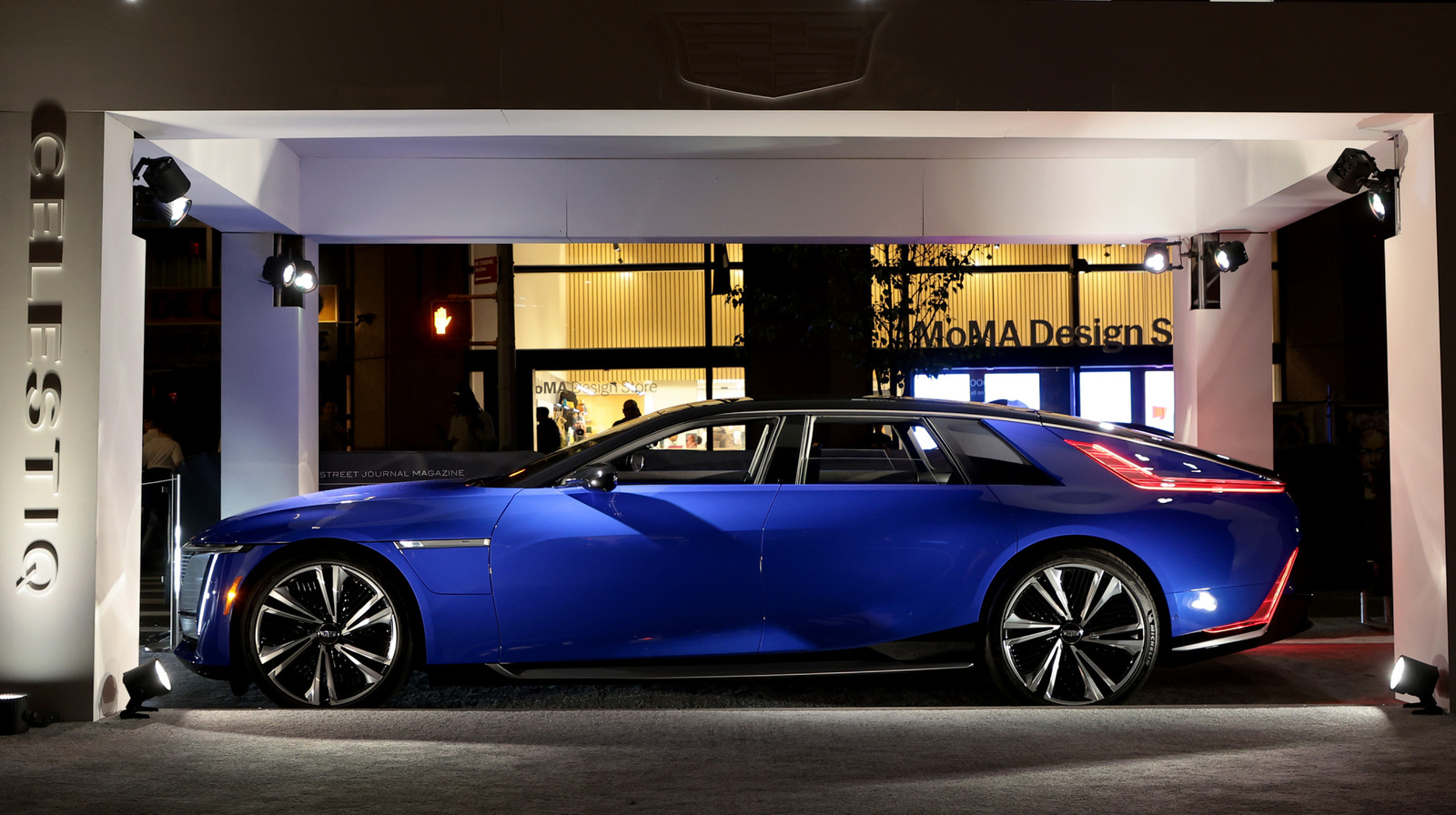
In 2009, an Escalade ESV Platinum Edition had a base MSRP of about $86,500. This was pretty high, but the sticker price on the XLR-V supercharged hard-top convertible was even higher at more than $104,000. We're sure sticker shock had something to do with the XLR-V's underwhelming sales success, as less than 2,200 were built and sold during the span of four model years. For reference, less than 14,500 regular XLRs were sold during its life cycle, which spanned the 2004 through 2009 model years. We did call out the Northstar V8 for its problematic reputation; however, the hand-built, supercharged 4.4-liter unit found under the hood of the XLR-V doesn't tend to suffer from the same woes as the earlier, naturally aspirated Northstar V8s. It also makes 440 horsepower and 425 pound-feet of torque. So, while the regular XLR is rightfully on the list of cars you want to buy but are too scared to own, the supercharged XLR-V should be a less intimidating venture. In addition to this stout powertrain, the XLR-V also offered other mechanical enhancements over the non-V XLR, including larger brakes borrowed from the Z51 Corvette, a beefier suspension setup with retuned Magnetic Ride Control, a power steering fluid cooler, and auxiliary engine and transmission oil coolers. Exterior refinements were also included in an effort to make the XLR-V stand out when compared to its more pedestrian counterpart, such as "XLR-V" and "Supercharged" badging. The XLR-V was also the first-ever Cadillac to be equipped with what the automaker dubbed the Adaptive Forward Lighting System, which adjusted the headlamp up to 15 degrees based on steering angle as well as the vehicle's speed. That said, my 2008 Saab 9-3 Turbo X featured similar technology, and its MSRP was less than half of the XLR-V's. Then again, it didn't offer Corvette-like handling with a supercharged V8.
